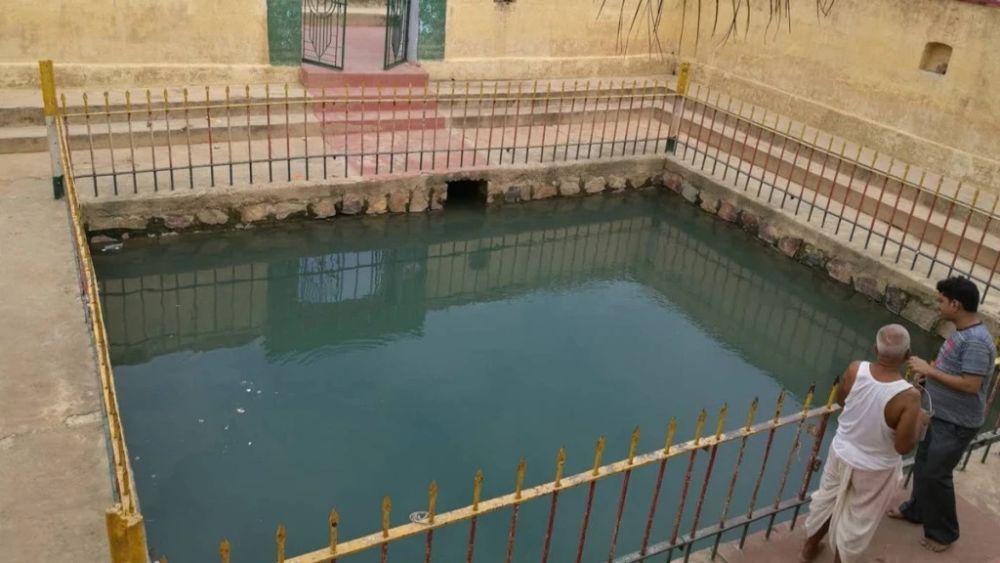

Sita Kund, located in the historical city of Munger in Bihar, India, is a destination that boasts both an intriguing legend and natural beauty. Its historical roots in tourism can be traced back to the ancient times when it was much revered in local folklore and by pilgrims across the region. The Kund, or pond, is believed to be the very spot where Sita, the epitome of purity and the wife of Lord Ram from the epic Ramayana, bathed.
According to mythology, when Sita was touched by the fire of the Agnipariksha (trial by fire) to prove her purity, the flames turned cold, signifying her innocence, and the pool of water where she bathed afterward came to be known as Sita Kund. This legendary tale is the cornerstone of the tourism history of Sita Kund, making it a significant spiritual site for devotees and tourists alike.
The Kund itself is a remarkable example of ancient architectural expertise, with steps leading down to the water. Though most of the visitors are pilgrims, the site attracts history enthusiasts and tourists interested in ancient Indian architecture as well. Nearby are remnants of a building erected by Raja Chet Singh during his brief rule over the region, which adds to the historical charm of the place.
Over the years, tourism at Sita Kund has moved from a purely pilgrimage-focused visit to a broader tourism experience, encompassing a blend of cultural exploration, history, and nature. This shift can be attributed to the efforts made by the Bihar Tourism Department to promote the diverse attractions of the state beyond the traditional religious circuits.
In recent times, the focus on sustainable and experiential tourism has influenced the way tourists engage with destinations like Sita Kund. Visitors are now looking for more authentic experiences that allow for a deeper understanding of the local culture and history.
The current tourism environment encourages interactive visits, where tourists partake in local customs, cuisine, and festivities while exhibiting a growing respect for ecological conservation. While Sita Kund maintains its fame for being a serene pilgrimage spot, it is becoming equally popular for its tranquil environment, where tourists can enjoy the calmness of the surrounding landscape.
The future tourism prospects for Sita Kund look promising, with planned efforts to enhance tourist facilities and preserve the historical site for future generations. There is also a growing emphasis on digital outreach to draw tourists from across the globe, plus improvements in infrastructure to facilitate easier access and a more comfortable visit to this ancient heritage site.
Whether one is seeking spiritual solace, historical intrigue, or natural beauty, Sita Kund in Munger perpetuates to be a testament to India's rich cultural tapestry and historical splendor.